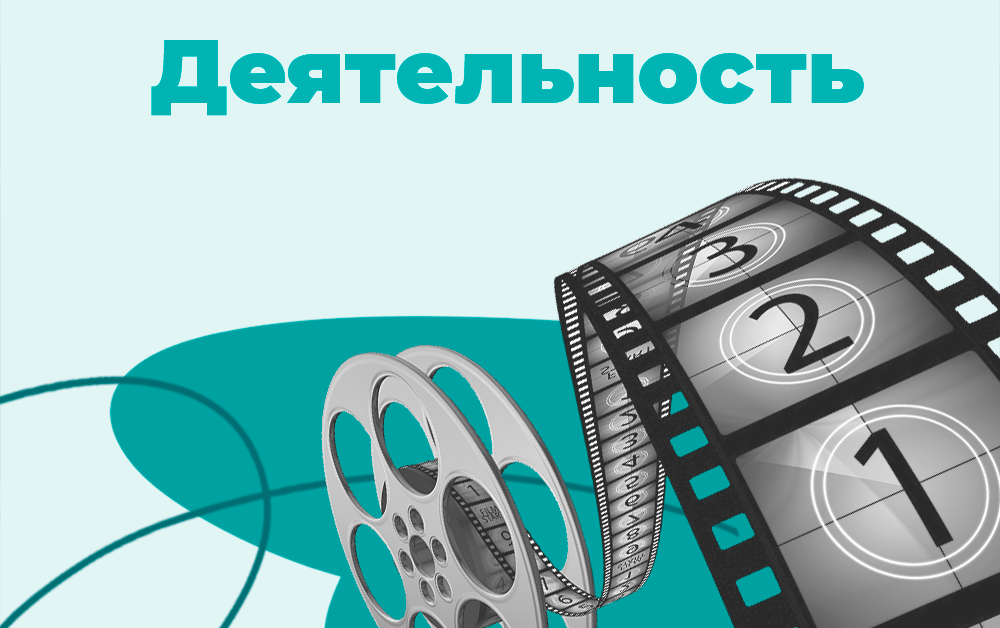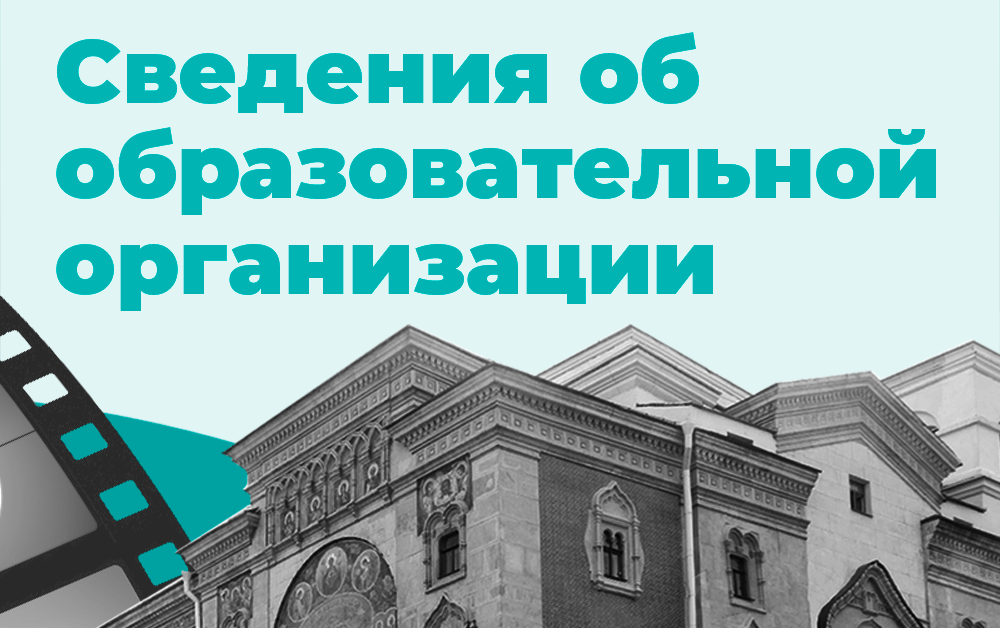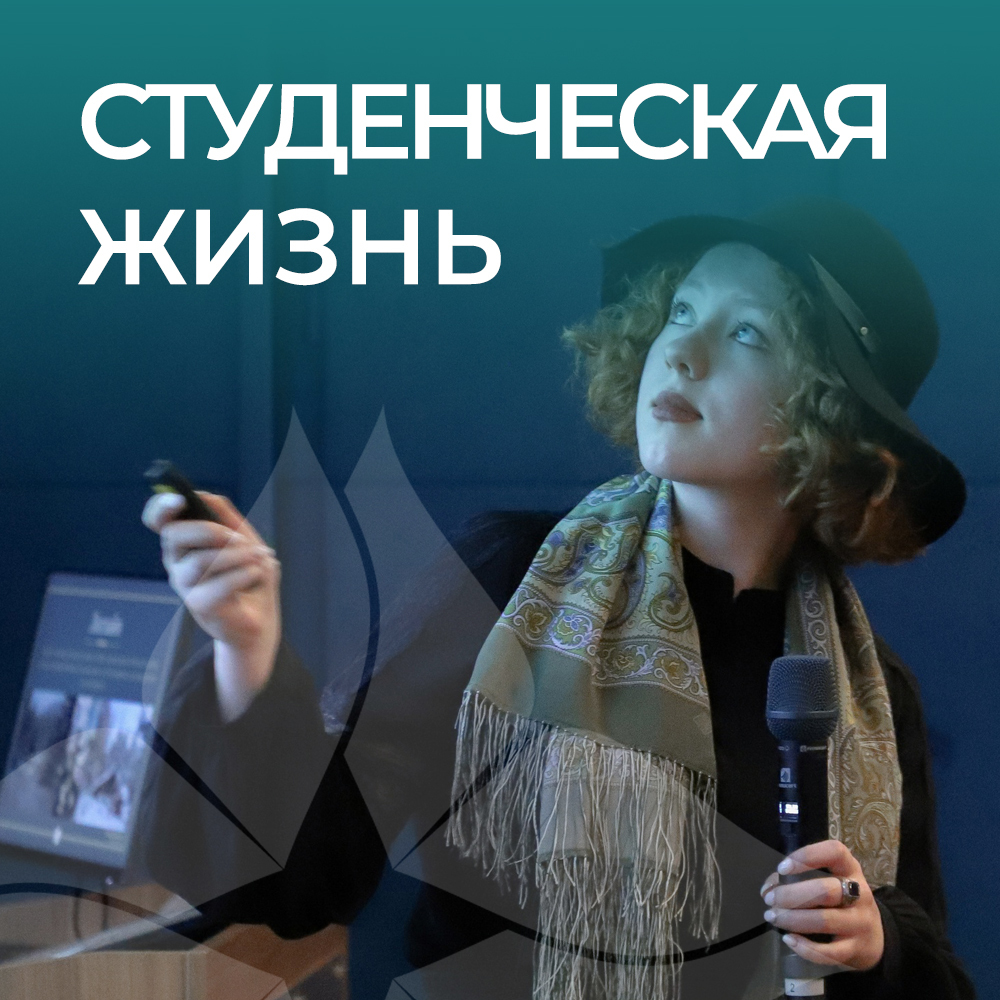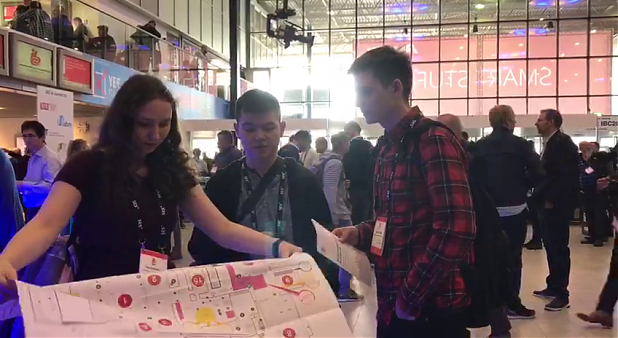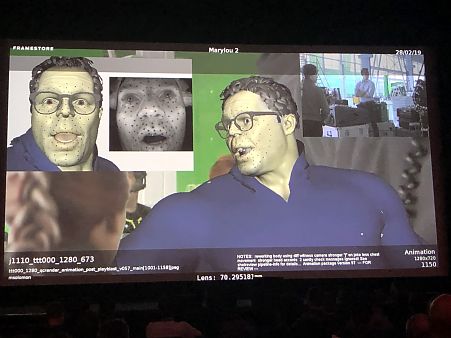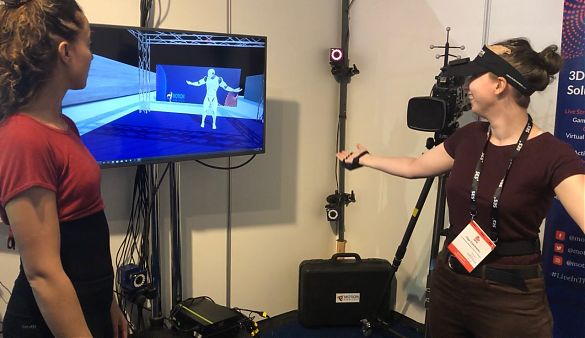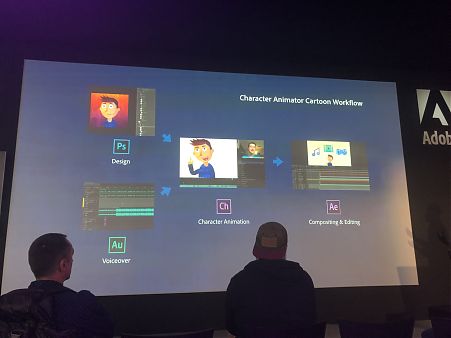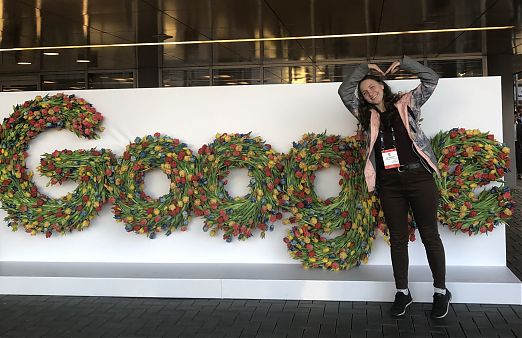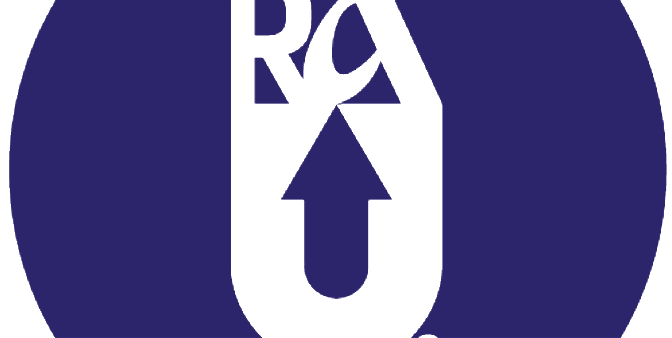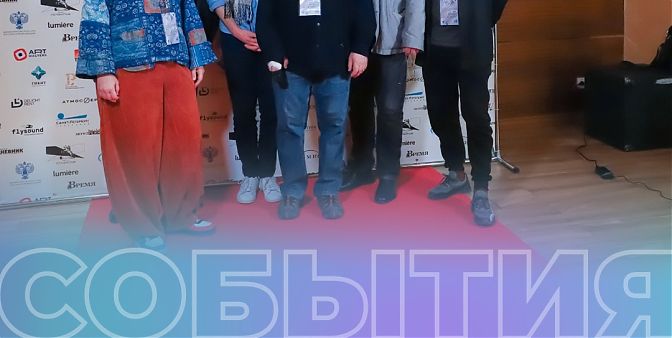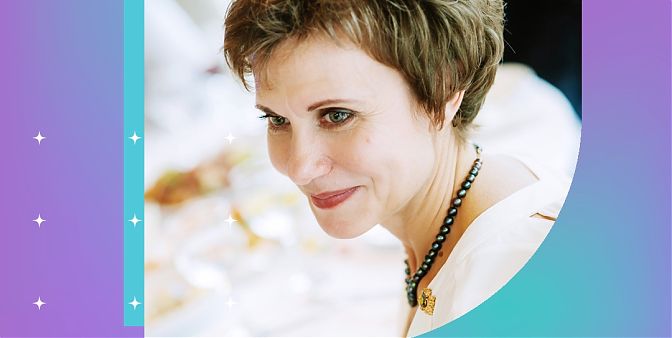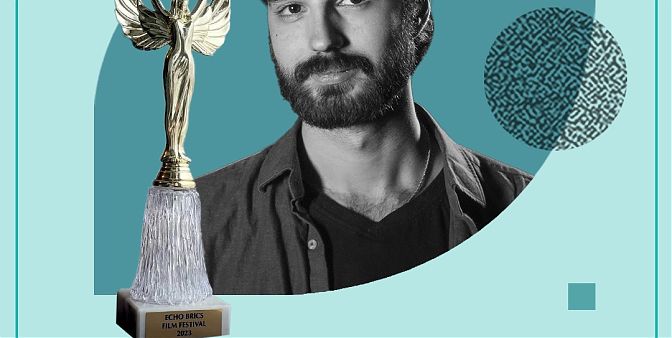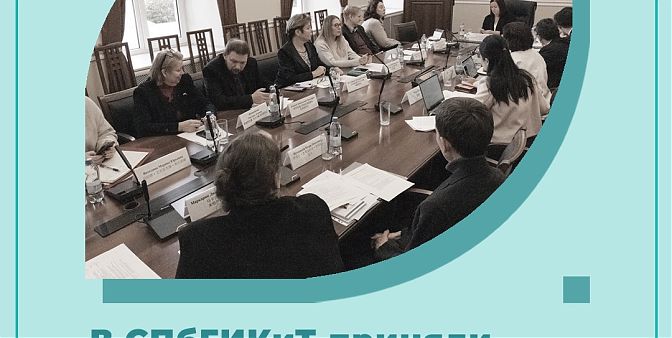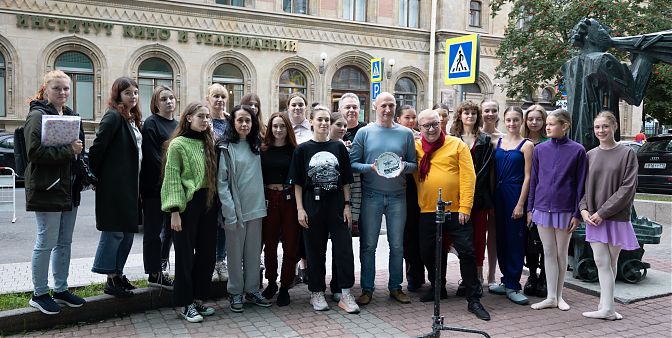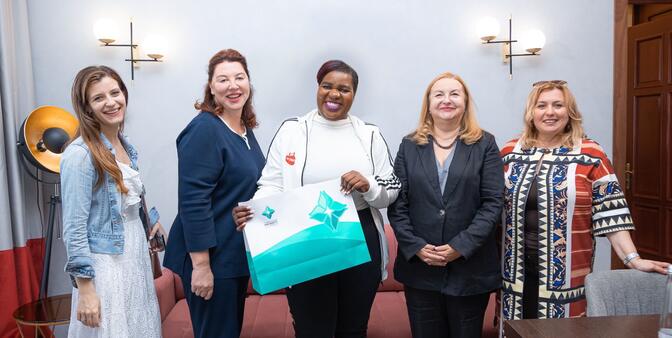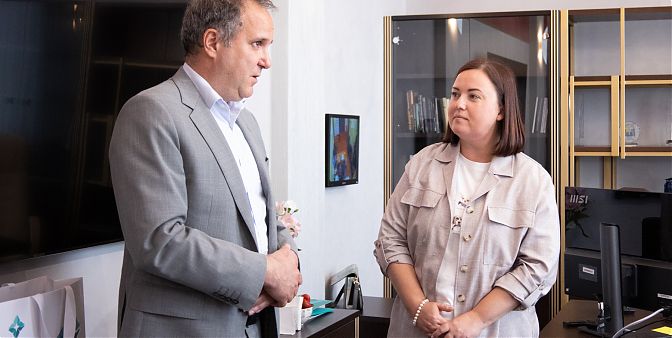26.12.2019
Techie and animation: Olga Eshchenko about IBC2019
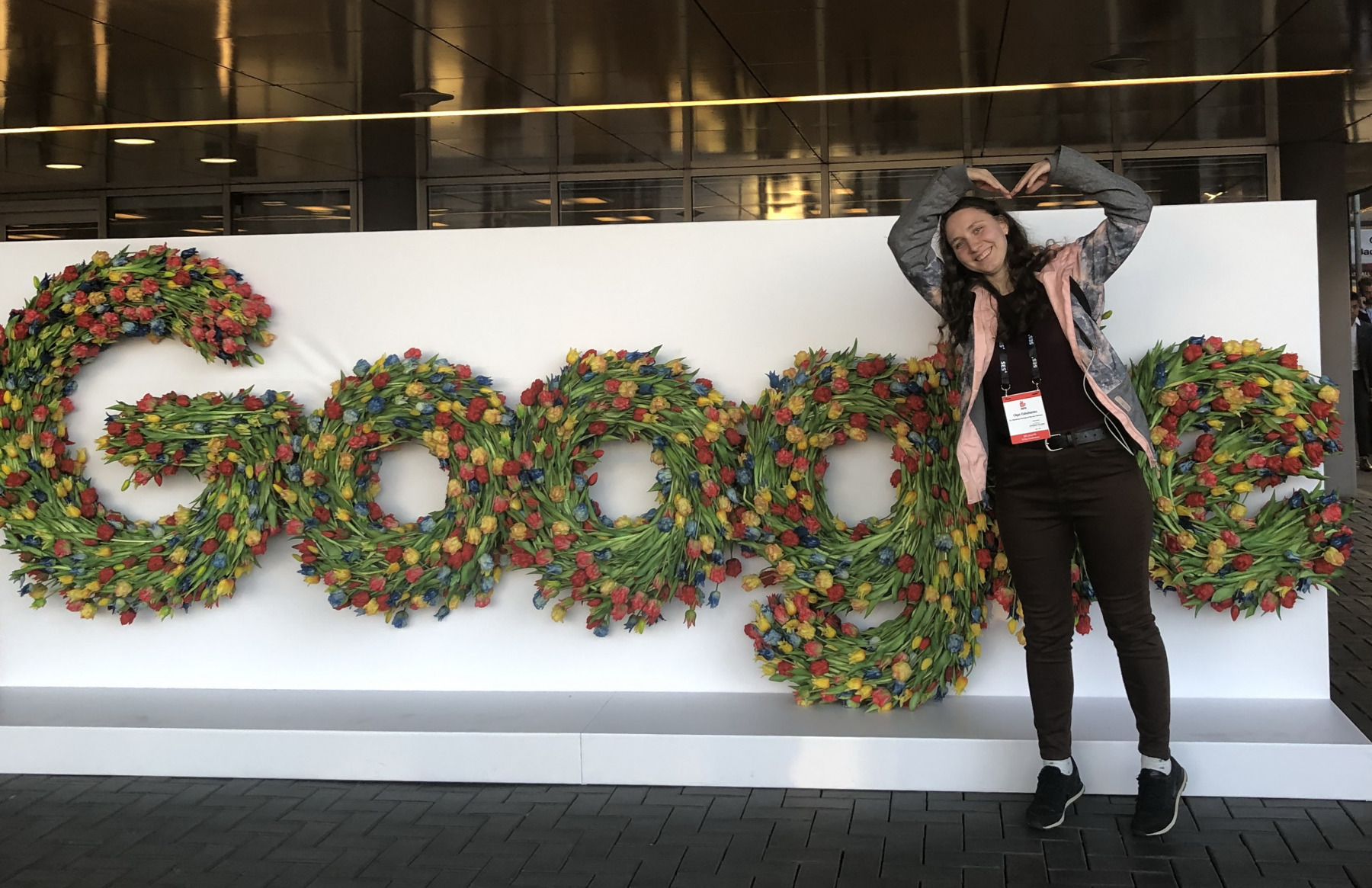
Events such as the International Broadcasting Convention are always a lot of new interesting information, useful contacts and broadening your horizons. In June 2019, I participated in the conference "Digital Technologies in the Media Industry" and won a grant for a trip to IBC2019. At the conference, I talked about my graduation project, in which I developed an algorithm that compares images by visual similarity using machine learning.
1. Achievements PIXAR: To infinity and beyond
In 2019, Pixar Studio celebrates its 40th anniversary. In a big-screen talk on Syntia Slavens, Eric Pearson and Dominic Glinn talked about the long development of the Pixar studio and their achievements in 3D computer graphics. They talked about working on old projects and how they progressed in working on new films.

2. Adobe: the magic of 2D animation
Despite the great popularity of 3D animation, 2D does not give up its position. Currently, media content with 2D animation is widely used not only on television, but also on the Internet.
Adobe’s new product makes animation much easier and more affordable for more people because of its simplicity. To create animated graphics you only need to draw a character and a set of his emotions, Character Animator will do the rest for you.
The software reads your facial expressions using a webcam in real time, allowing you to quickly create high-quality content, which can take months to create using manual rendering. Using Character Animator, they create both amateur YouTube videos and professional animations like Final Space and Family Guy.
3. Motion analysis: how it was done
If only a camera is required to create 2D animation, then to transfer the actor’s 3D motion, a whole system of sensors is needed, which was described at the motion analysis company stand. Here were presented the latest software in conjunction with the equipment. Also, demonstrations of the operation of the entire motion capture system in real time were carried out using a suit consisting of sensors, a camera and special software.
4. Avengers: how to become a superhero
Motion capture technology is actively used in the film industry to create the appearance of characters where traditional makeup shows inadequate quality. They told and showed how they created the facial animation of such characters as the Hulk and Raccoon Rocket on Big Screen.
The technology by which actor Mark Ruffalo’s facial expressions were transferred from a pre-recorded video to his character without the use of markers is of particular interest. This technology greatly simplifies and speeds up the process of filming, as the actor can act in ordinary clothes, which also reduces the risk of damage to equipment.

5. Conclusion
At IBC 2019, I learned a lot about broadcasting and the film industry, about creating films and television shows. I rediscovered the cinema industry, learned a lot about modern technologies and broadcasting development trends. Undoubtedly, a trip to IBC2019 influenced my overall development and greatly improved my communication skills, including and in a foreign language. Despite the fact that my future career will not be directly related to the film industry, the experience gained will help me in the future.
I want to express my gratitude to my supervisor: Leonid Aronov, senior lecturer of the Department of Theoretical Foundations of Radio Engineering, for an interesting topic of scientific work and mentoring. I am also grateful to the sponsors of the trip – IEEE Broadcast Technology Society and personally to Bill Hayes (Past President IEEE BTS) for parting words and interesting conversation.
Broadcast content is increasingly moving into virtual space. At IBC, I saw a lot of stands telling about the use of chroma key, which has already become a common thing on television. A new thing for me was the use of Augmented Reality objects with this. To create these objects can be used as a traditional animation of 3D puppets, and insert models created using motion capture people and animals.
Broadcasting more and more adapts to each user, and I think in a few decades it will be completely personalized for each person. And I, as a techie, was inspired to make this personalization more accurate with the help of my programming skills, which I continuously improve at the university.
Olga Eshchenko, St. Petersburg Electrotechnical University "LETI", St. Petersburg, Russi



